Should I repot my fiddle leaf fig?
Sally Kern
5 years ago
last modified: 5 years ago
Featured Answer
Sort by:Oldest
Comments (14)
Sally Kern
5 years agosomegu7
5 years agoRelated Discussions
New Fiddle Leaf Fig, should I repot/root prune???
Comments (5)NO plant likes root congestion. There are times when root congestion might serve the grower because it has an effect on the plant the grower likes, but that isn't a clear indicator the plant will like it. Tight roots cause stress and all sorts of physiological problems for all plants. It reduces growth, branch extension, and leaf size. It limits vitality and caused the shedding of older leaves proximal (closer to the trunk) to growing branch tips (apices). If anyone tells you that a particular plant prefers to be root bound w/o explaining what they really mean is some growers like to maintain a particular plant in root bound conditions, they're wrong. If "some plants" really did prefer root bound conditions, Mother Nature would surely have arranged the plant's genetics so it grew tight little masses of roots right under the stem ..... but we know there are no plants that naturally occur that way. That said, your plant probably isn't in any immediate danger that pertains to root congestion. You're better to suffer the limitations the plant is now growing under for a while in exchange for a more opportune time to repot, which for you would be next June. Plants have natural rhythms, during which their energy levels wax and wane. For major work, like repotting (which includes root pruning), it's best to ask the plant to endure the added stress of repotting or rejuvenation pruning when its energy levels are at peak - not now when they are at or approaching their lowest levels of the entire growth cycle. If you haven't read it, the link below should be very helpful. If you are wondering about repotting and how to maintain trees in containers for the long haul, this link offers lots of guidance. Al Here is a link that might be useful: Lots more info...See MoreShould I repot my fiddle leaf fig?
Comments (13)Shawn, the plant's condition is a huge factor in deciding whether to repot now, when its energy reserves are low. How does it look? A picture of the whole thing would be very helpful in figuring out what's going wrong. The rule, as I understand it from Al's writings, is to wait to repot until June unless the plant is declining enough that it will fail before then. Repotting is stressful, and repotting when the plant has low reserves means slower recovery and growth. It would be better if you did what what you could to improve its condition so it can build reserves over the winter....See MoreAt what height should I notch my fiddle leaf fig to branch?
Comments (0)My FLF is about 2.5 feet now, and has a single trunk. I was thinking of notching it to get it to branch, but would I be doing it prematurely? What is a good height to notch your tree at? Ideally I want it to get to 6+ feet, with a nice bushy leaves at the top. Is branching too early a bad thing?...See Moreis my fiddle leaf fig dying after repotting?
Comments (5)with browning leaves.. it was previously stressed ... so you stressed it more with repotting ... you are going to have to just let it settle down and see what happens in the next 4 to 6 weeks ... and in the meantime.. just water it properly ... it may lose all its leaves.. but there may be a good chance.. if the repotting solved some issue.. that it can releaf im wondering why you didnt up pot ... or if you did.. how small the previous pot was ......See Moresomegu7
5 years agoSally Kern
5 years agoDave
5 years agolast modified: 5 years agoSally Kern
5 years agoDave
5 years agoUser
5 years agoDave
5 years agoSally Kern
5 years agoDave
5 years agoHeather Jacks
5 years agosomegu7
5 years ago
Related Stories

HOUSEPLANTSPlay Up Some Fiddleleaf Figs for a Lively Indoor Tune
Strike a dramatic chord in a minimalist scene or a country note in a rustic setting — fiddleleaf fig plants harmonize with any style
Full Story
HOUSEPLANTSSee How Fiddleleaf Fig Trees Can Liven Up Your Decor
The tropical houseplant with big green leaves adds a cheerful and striking design element to rooms
Full Story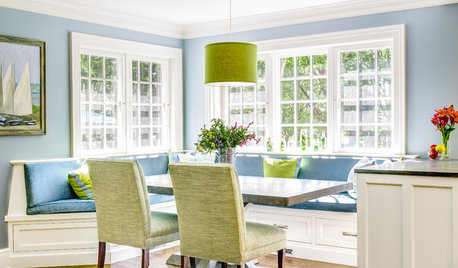
DECORATING GUIDESThe Dumbest Decorating Decisions I’ve Ever Made
Caution: Do not try these at home
Full Story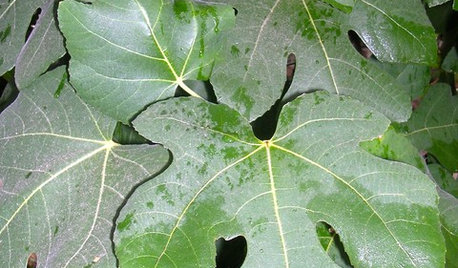
GARDENING GUIDESGreat Design Plant: Common Fig
A full form and delicious fruits make this Middle Eastern tree a favorite in gardens around the world
Full Story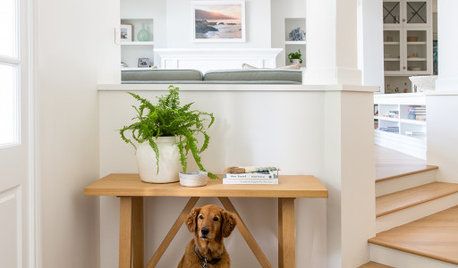
CONTAINER GARDENSConsider These 10 Pet-Safe Houseplants
Help keep cats and dogs healthy with the right selection of indoor plants
Full Story
DECORATING GUIDES12 Smart Ideas for Decorating Empty Corners
Fill a neglected corner with something useful, attractive or both, using these dozen thoughtful decorating strategies
Full Story
DECORATING GUIDESDitch the Rules but Keep Some Tools
Be fearless, but follow some basic decorating strategies to achieve the best results
Full Story
PRODUCT PICKSGuest Picks: Decorating Solutions for the Stylish Renter
Look to removable wallpaper, appliance covers and easily changed hardware for the answers to decorating woes in a rental
Full Story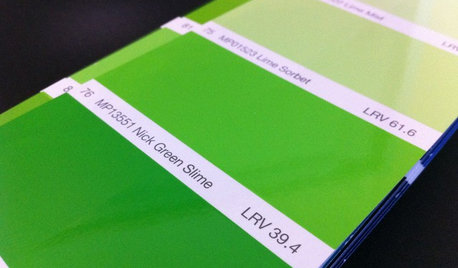
DECORATING GUIDESFrom Queasy Colors to Killer Tables: Your Worst Decorating Mistakes
Houzzers spill the beans about buying blunders, painting problems and DIY disasters
Full Story
MY HOUZZMy Houzz: Japanese Minimalism Blends With Classic New Orleans Style
African art and indoor plants complement the clean and modern aesthetic of two landscape architects
Full Story




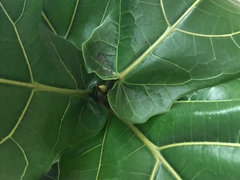
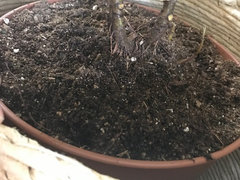
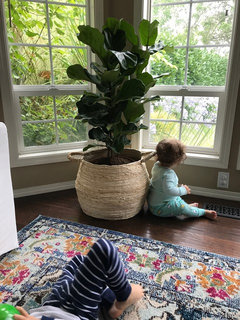
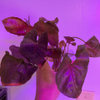
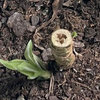
somegu7